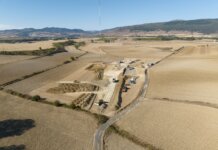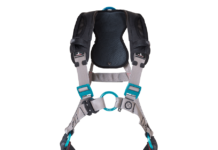Canadian renewable energy developer Sequoia Energy Inc. has successfully used Vaisala’s Triton Wind Profiler remote sensing unit to secure financing and cut wind measurement costs in central Canada, where sub-zero temperatures, snow and ice regularly disrupt measurement campaigns.
The device, deployed in tandem with a shorter, 60-meter meteorological (met) tower, has enabled Sequoia to identify sites for further project development and reduce vertical wind shear extrapolation uncertainty – without installing costly hub-height met towers, says Vaisala.
“You can only put met towers in certain places determined by consultants, landowners and, of course, the project terrain,” explains Dan Cox, manager of business development at Sequoia. “Using the Triton in combination with a shorter met tower gives us better representation of hub-height wind speeds while avoiding the cost of putting up a hub-height met mast at 100 or 120 meters.
“The cost of such a tower is significantly higher than the cost of a Triton and can be difficult to maintain even in the best conditions, let alone the challenging environments of a cold climate measurement campaign. Using the Trition in this way allows us to quickly gather hub-height measurements and lower the uncertainty of our long-term energy predictions – which improves our chances of securing financing and at favorable terms.”
In addition, the Triton’s easy mobility allows Sequoia to deploy and redeploy its fleet of Triton units at a number of locations. Vaisala’s SkyServe package, which provides secure online access to data and technical support in the field, helps the company further control its measurement campaign budgets.
“In particularly challenging conditions, such as the arctic winters of central Canada and Scandinavia, the Triton offers an efficient and cost-effective means of collecting hub-height wind measurements,” says Pascal Storck, director of renewable energy at Vaisala.




